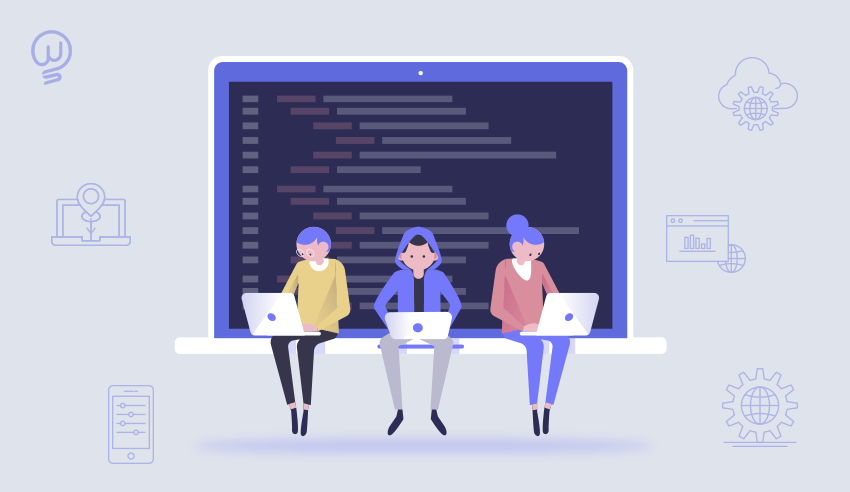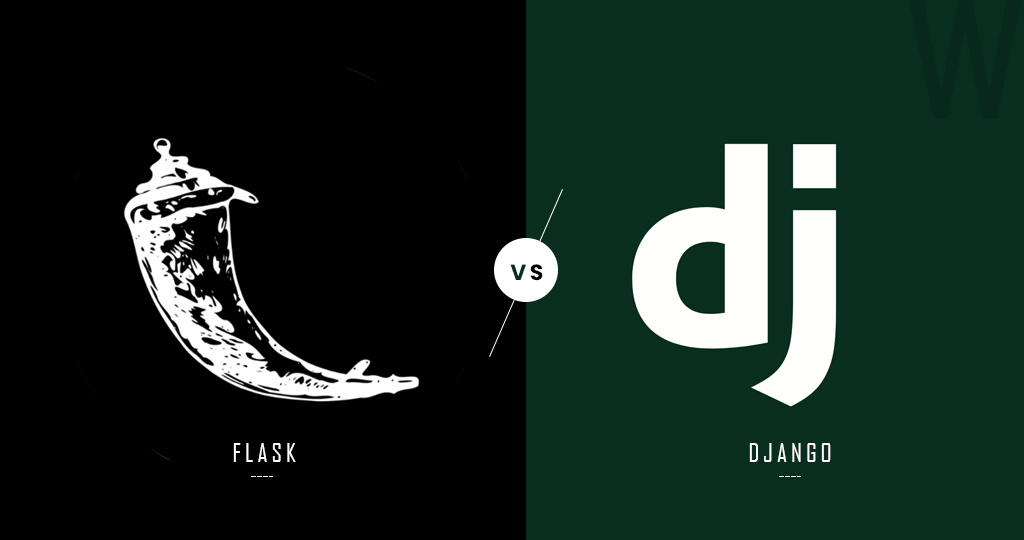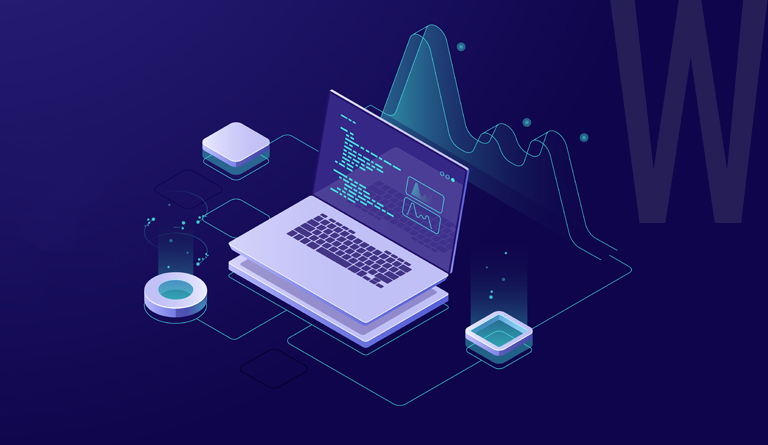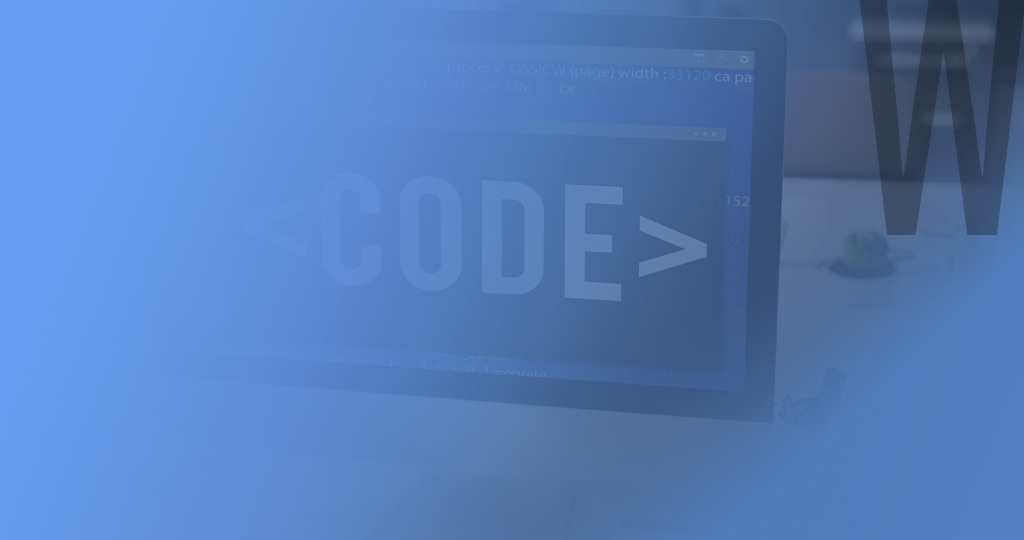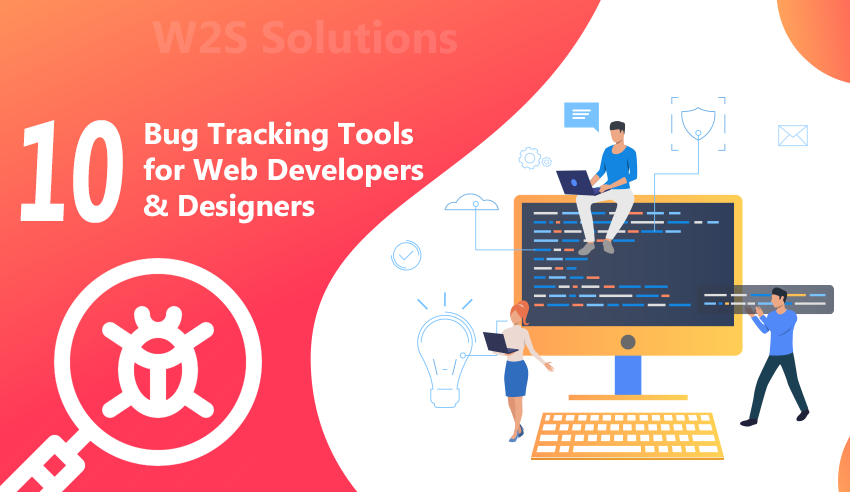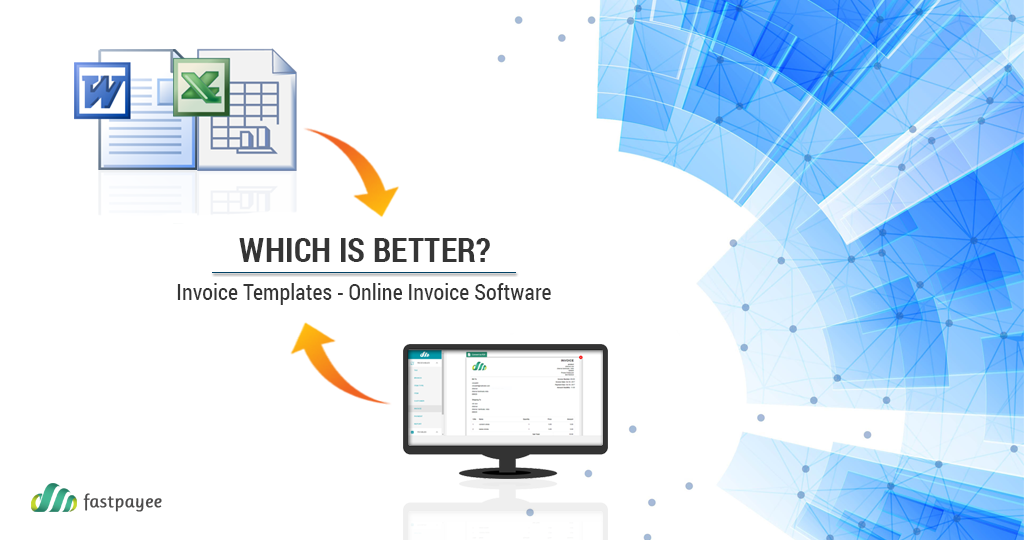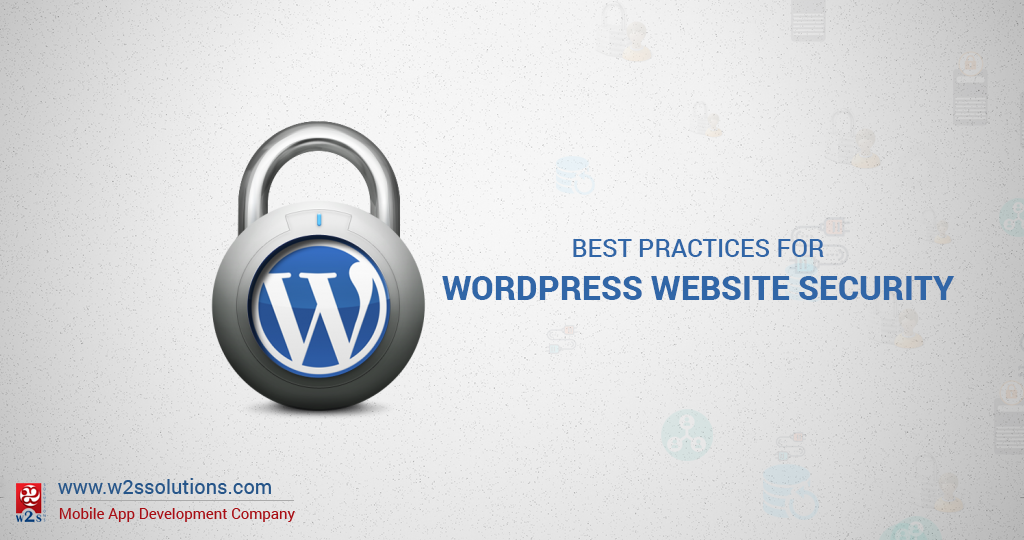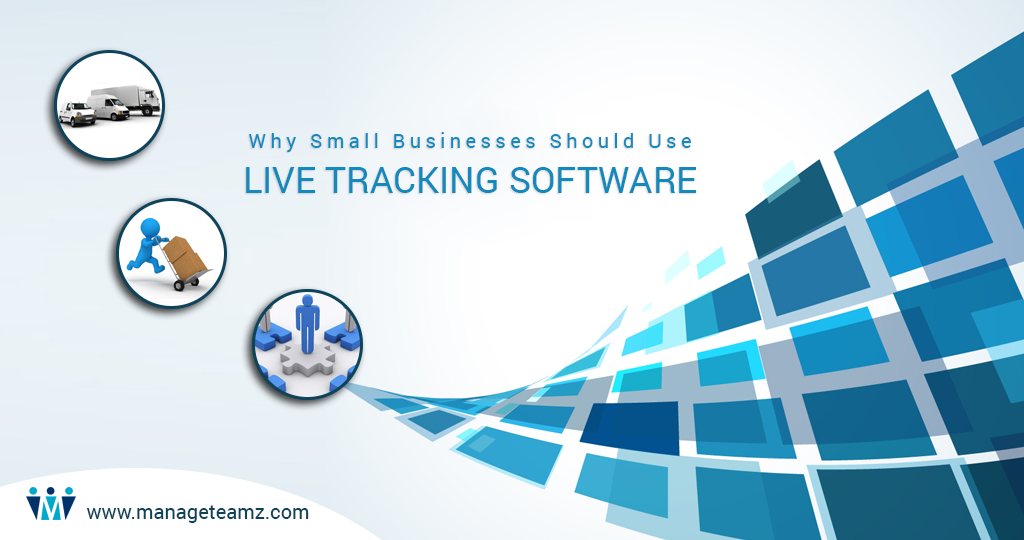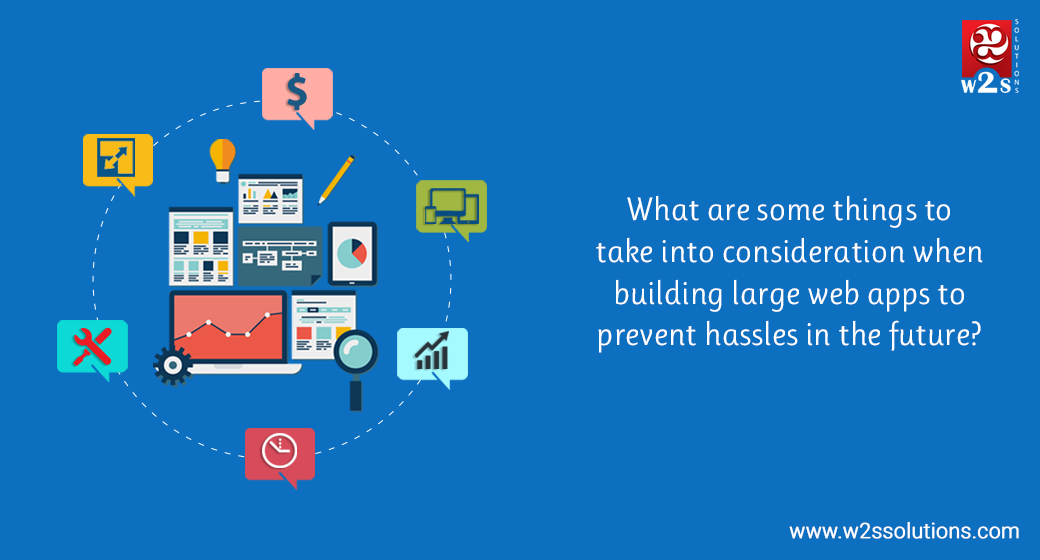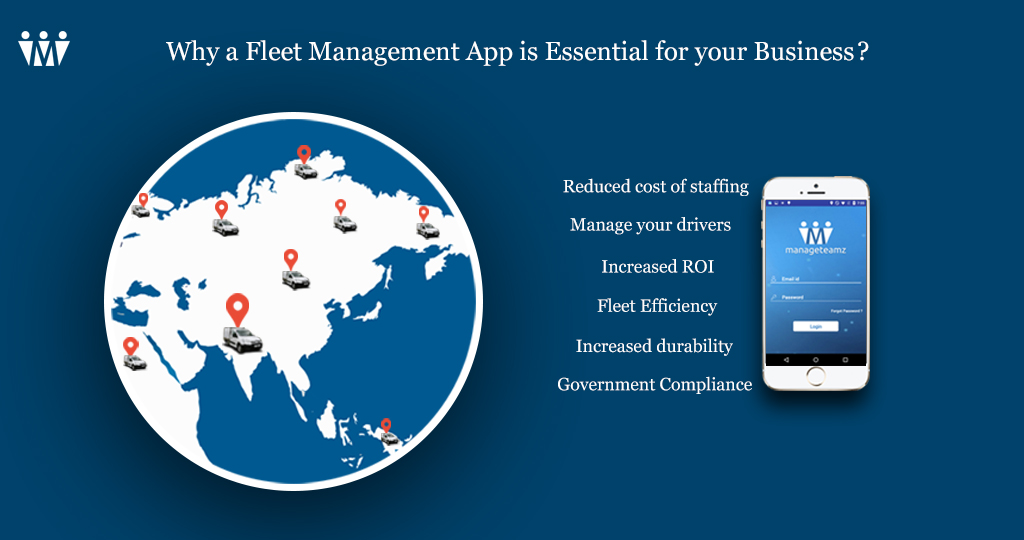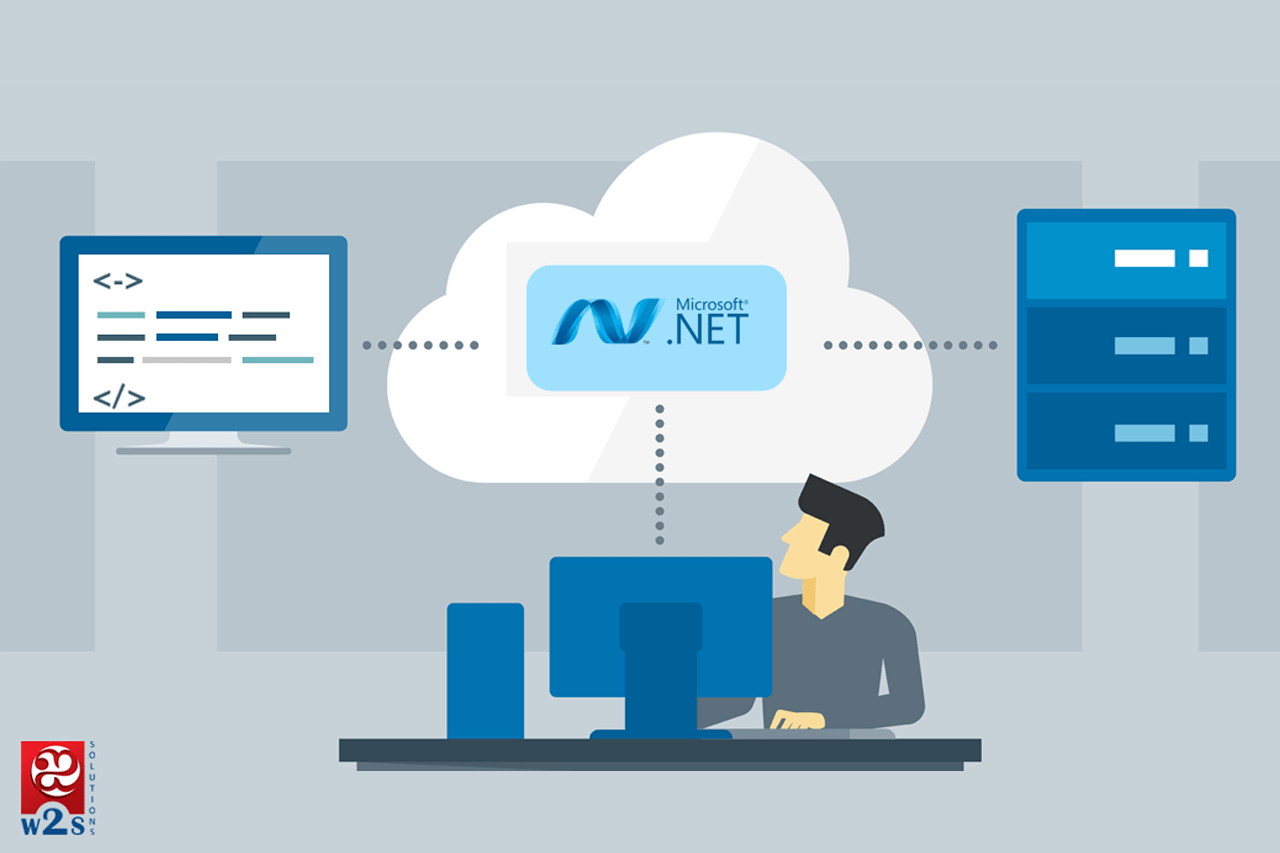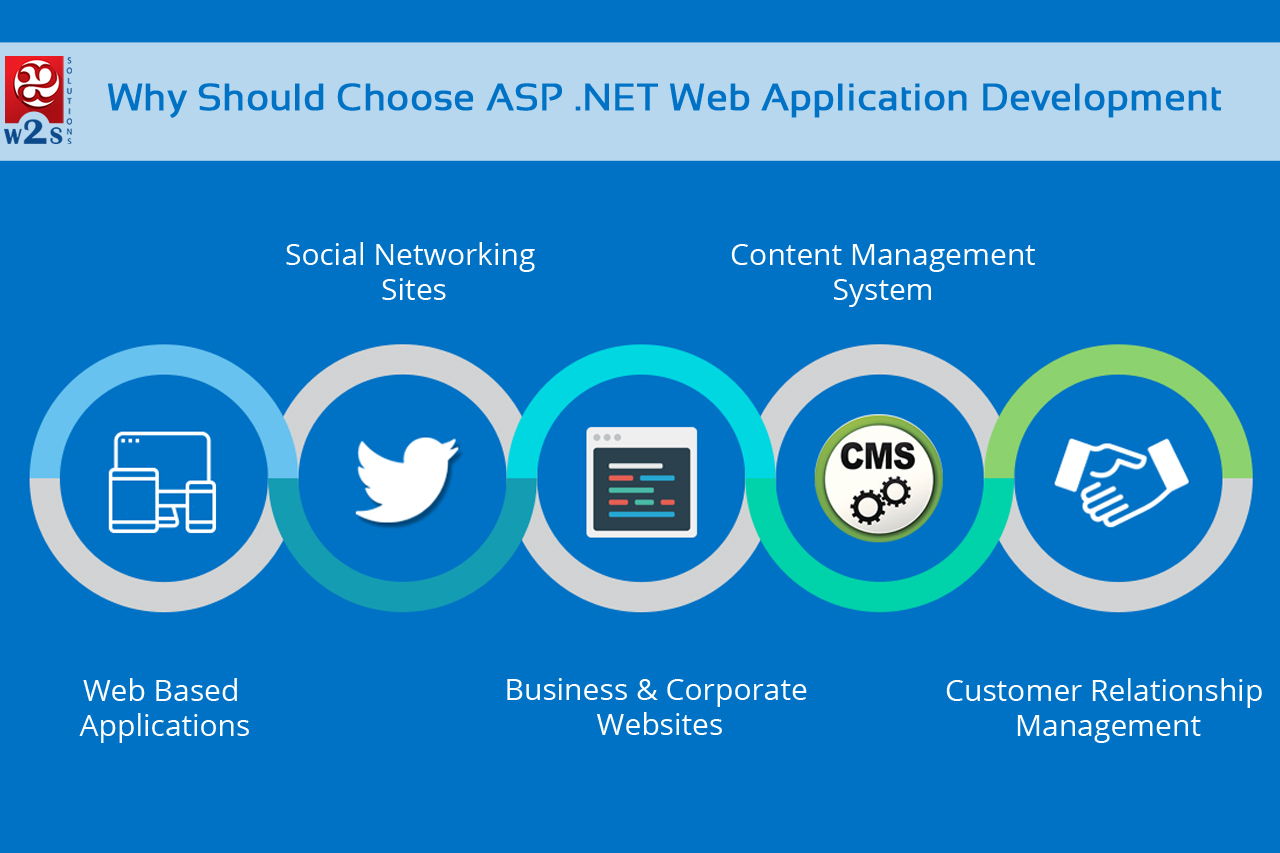With every passing year, the internet is getting more complex, forcing developers to be more agile and specialized. This means companies today are on lookout for developers that focuses on a specific aspect of development in order to ensure maximum efficiency. There are front end web developers, back end developer, full-stack web developer; each one handles a particular aspect of the development process. When looking for developers, it is important for the company to understand the differences between the three aspects of the development process. In this article, we will be explaining the three components so that you have a better understanding of it.
The Front End Developer
The front end of a specific website is that aspect that all visitors sees and interacts with. It is developed with the help of CSS, JavaScript, and HTML. Front end development is typically centered on the client-side of the whole development process. Front end developers basically engage in assessing code, design, and application debug. They are also responsible for ensuring the expected user experience.
Skills Required to Become a Frontend Developers
If you want to build your career as a frontend developer, then it is imperative for you to possess the following skills –
1. HTML/CSS
These are the basic requirements to become a frontend developer
- HTML
A HyperText Markup Language is the bedrock of the web. All the websites you visit over the web is developed using HTML. It manages the content and structure of the web. Currently, the developers use HTML5 iteration techniques; however, the older versions also operates fine in the browser.
- CSS
Cascading Style Sheets is a component that manages the way HTML appears on a web page. CSS is used to set fonts, color, background images, page format, etc. CSS3 is the existing web iteration of CSS. It inculcates web developers with various features, making a web page look animated and interactive.
2. JavaScript

Once you have developed a website using HTML and CSS, then comes the game changer- JavaScript. It allows you to add advanced interactivity and animations, creating a fully-featured website. It is way more than just a web language; it is an extensive ecosystem that includes task runners, frameworks, server-side development, etc. while HTML and CSS focuses on the page presentation, JS focuses on the functioning of a site. With JS is home to libraries such as jQuery, an extensive assortment of extensions and plugins that work towards simplifying and accelerating the use of JavaScript on a particular website.
3. AJAX

Asynchronous JavaScript and XML is an effective technology that is used by developers to develop dynamic web pages and applications. AJAX enables an application and pages to upgrade data within a particular element that is different from the whole page or application. This allows you to reload that particular part without having to reload the entire page or app. JSON is one of the imperative aspects of AJAX and a popular format for data transfer.
4. UI and UX

Designing is a prominent aspect of frontend development. And it is important for frontend developers to possess essential UI/UX skills in order, to become successful. When developers understand the potential of frontend code, they are knowledgeable and are able to design a more interactive and intuitive UI’s.
Essential Roles and Responsibilities of a Frontend developer
- Work with developers and designers to develop new features and products using different types of designs within the laid out timeframe.
- Design the style sheets for application programs and websites and then making sure to that everything works as per the scripting code numerous technologies.
- Team up with application developers and designers to create various customized websites.
- Coordinate with UE team and develop new business initiatives.
- Designs creative methodologies as well as practices for innovative and engaging technologies and execute computability tests.
- Prepare development documents and convert them into HTML templates.
Earlier web browser used to be ineffective in interpreting JavaScript, making it difficult and cumbersome for developers to add complex functionalities. However, today, browsers have become potent and make it efficient for all front-end developers to include JavaScript. Earlier this complex task was reserved for back end programming languages. Moreover, modern times have also witnessed many advancements in JavaScripts, including the introduction of effective frameworks such as AngularJs, Node.js, JQuery, etc.
So, on the whole, front-end developers harness HTML, CSS, and finally JavaScript to develop websites. They are highly responsible for the design and functionality of a website. In fact, some websites today are only developed using these three components.
Back End Developer
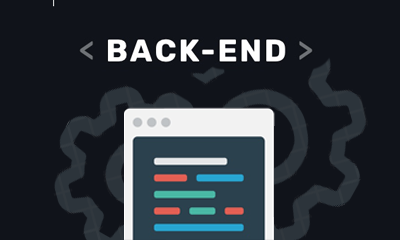
While front end development centers on every aspect that users interact with, the back end development handles everything that is appearing behind the scenes. It provides the necessary support to the front end development. While PHP, Python, Ruby, etc. are included in back end programming languages. While you may not see many jobs seeking out especially for backend developers, rather you do see a job listed as PHP developers, Ruby developers, etc. This is because the knowledge of a particular language is an important factor, wholly deciding if a candidate is fit for the specific job title.
- PHP

PHP is used approximately on around 78.9% of the websites and was introduced in the year 1995. During that time, only a handful of options were available for successfully developing dynamic websites. This programming language is dynamically typed, allowing you to come with different solutions to a problem.
- .NET

ASP.NET is a solution to Microsystem’s Oracle. This framework is used to creating websites using languages, including C#, VB, F#, etc. It has a compatible Model-View-Controller framework pattern that enables various backend functionalities to be handled by a controller.
- Ruby

Ruby or Ruby on Rails comes with a wide range of tools that enables developers to create simple tasks successfully with one code line. This language required backend developers to do every little back end work, allowing for both faster development and launch of the web page or application. It is somewhat similar to Python language.
- Python

Python is the most popular programming language in work and for all the right reasons. It is a versatile programming language that is used for both mobile and web developments. It has simple and easy to understand syntaxes as opposed to other programming languages. It is lauded for its readable and elegant code.
Skills required to be a Successful Backend Developer
Following are the skills that employers look for while hiring a backend developer
1. Programming Skills
The backend developer’s work has a basic understanding of the programming languages that further helps them in writing codes. One an enterprise level, the code is generally written in C# and Java. PHP is an open-source general scripting language that is another popular programming language. Over the years, the industry has witnessed a significant growth of Ruby, JavaScript and Python. Therefore, if you wish to start your career as a backend developer, you must have proficiency in any of the programming languages.
2. Savvy in Database Management
Every website and software has a database that increases the natural demand for database experts. Expertise in the database is one of the prominent skills that employers seek with in a backend developer. The common database includes Microsoft SQL Server, Oracle, Postgrad SQL, MySQL, etc. Visual Basic and C# are used together with Microsoft SQL Server, and Java commonly accompanies Oracle. Python, Ruby, and PHP projects are mostly paired up with open-source database options. An aspirant must have a strong knowledge of Structured Query Language (SQL) to understand the relational database management systems.
Read Also – Flask Vs Django: Choose the Best Python Framework For Your Project
NoSQL database such as MongoDB, CouchDB, etc. are increasingly gaining popularity, reason because they are simple to use and easy to learn substitutes of standard relational database management systems. Companies are using NoSQL database either exclusively or together with other conventional database systems. If you wish to optimize your job probabilities, then it is better to add such popular NoSQL languages in your repertoire.
3. Extensive Knowledge of Various Web Services
Almost all modern web apps are integrated with external systems like social media networks, payment processors, etc. Web services are leveraged by frontend technologies that uses lie single-page architecture development systems, mobile development platform, desktop applications, single-page architecture, etc. to connect with shared logic on a backend. Therefore a backend developer must be aware of how to use Simple Object Access Portal (SOAP) as well as Representational State Transfer (REST) web services.
Prominent Roles and Responsibilities of Backend Developer
- Understanding the objectives of the application or websites and extended viable solutions
- Safely storing important data and ensuring it is exhibited, to only the viewers who are supposed to see it.
- Developing a safe and secure payment processing system like storing information, accepting data, initiating payment charges, etc.
- Effectively manage APIs resources that are capable of working seamlessly across various devices
- Collaborate with the development team to build the underlying structure of the system, and execute data science evaluation.
- Organize the logics of a particular system that would run on various devices.
- Inculcate essential skills to integrate algorithms and solutions to address issues.
Read Also – What are the best ideas for web apps that haven’t been made yet?
The list of things that backend languages could do that JavaScript couldn’t, have significantly reduced over the years. However, almost all content management systems are created on a backend programming language and most complex websites are too created on the backend. JavaScript is not powerful enough to handle a high degree of complexity and often suffer due to performance issues. While it is entirely possible to develop any kind of website using JavaScript, there are certainly better and more effective options available. Furthermore, coding can help you find the most suitable solution to a particular problem. Back end developer work with front end developer to build code that works within an app par website design.
Full Stack Web Developer
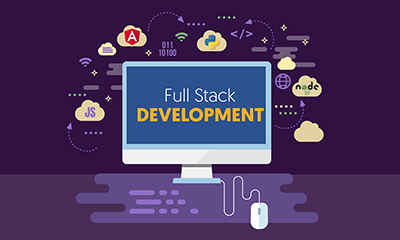
Full-stack is a unique designation that often ends up confusing people. Full-stack web developers work in collaboration with the front as well as back end developers of an application or website. These developers understand HTML, CSS, JavaScript, and backend languages. With what front end developer and back end developer can do for becoming similar, more developers are now aiming to become a full stack developer. Many employers are seeking out for developers who can efficiently work on all aspects of a site or application.
Skills Required to Become a Successful Full Stack Web Developer
Following are some imperative skills you must possess in order to become a successful full-stack web developer –
1. Knowledge of Front-end Technology
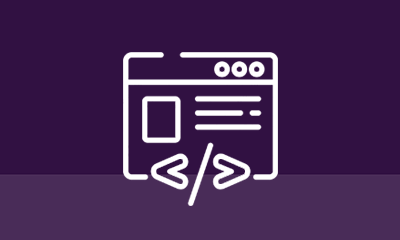
A full-stack developer must possess strong knowledge of vital frontend technologies such as HTML, JavaScript, CSS3, etc. Moreover, expertise in third-party libraries such as LESS, Angular, jQuery, and Reach Js is also considered an important skill.
2. Understanding of Programming Language
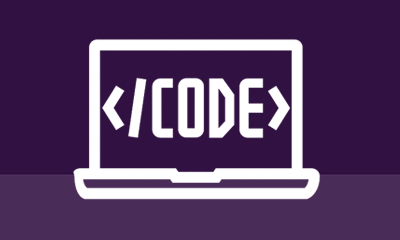
Along with possessing knowledge of frontend technologies, a full stack developer must also have acquired a thorough understanding of all important programming language as well. He or she must be proficient in at least one programming language, including Python, Java, .Net, Ruby, etc.
3. Expertise in Database and Cache Management

It is important for a full stack developer to have a staunch knowledge of database management system technology. Some of the widely used database management systems include Oracle, MySQL, MongoDB, etc. Furthermore, the developers should also possess adequate knowledge of popular caching mechanisms, including Memcached, Varnish, Redis, etc.
4. Ability to Execute Basic Designing
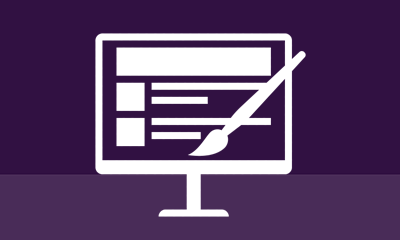
It is important to have a strong knowledge of basic designing in order to obtain a lucrative job, as a full stack developer. Furthermore, you must also be aware of the basic principles associated with prototype designs, as well as UI/UX design.
5. Server Knowledge
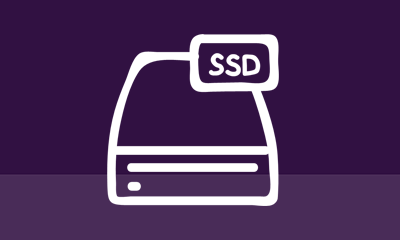
A full-stack developer must have the ability to handle NGINX or APACHE server. Furthermore, if you have experience in managing Linux that depicts your core expertise in handling administering servers, hence improving your job opportunities.
6. VCS
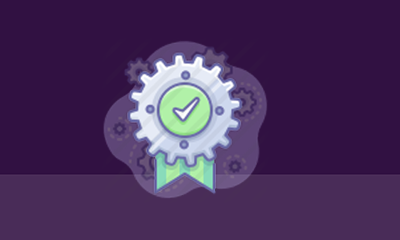
Version Control System or VCS enables full-stack developers to monitor all the changes that occurred in the code base. Understanding of Git helps the developers to know how to efficiently obtain the latest code, upgrade required code aspects, make necessary modifications, without really breaking the underlying structure. Therefore expertise in VCS is a desirable trait to possess.
Important Roles and Responsibilities of Full Stack Developer
- Creating the architecture of the front end website
- Designing engaging user interactions
- Building back end website applications
- Developing database and services to render functionality
- Making sure proper cross-platform optimization
- Checking the responsiveness of the website or application
- Monitoring the project from conception to delivery
- Developing and designing APIs
- Catering the technical as well as consumer needs.
- Working together with graphic designers to integrate the designing features.
Read Also – Top 10 Bug Tracking Tools for Web Developers and Designers
Contrary to popular notion, the full-stack doesn’t imply a developer has to write all the code themselves. Often full stack developer spends their time either focusing on front-end development, or backend development of the site. However, they have enough knowledge about both of the aspects to manage when needed. And generally, full-stack web developer specializes in a particular backend language.
The web development world keeps changing radically every year. What is working today might not seem relevant tomorrow. Therefore it is better to gain knowledge of both front end and back end web developments. Obtaining a comprehensive knowledge, allow you to position yourself as a credible and versatile developer, thereby boosting your future prospects.
